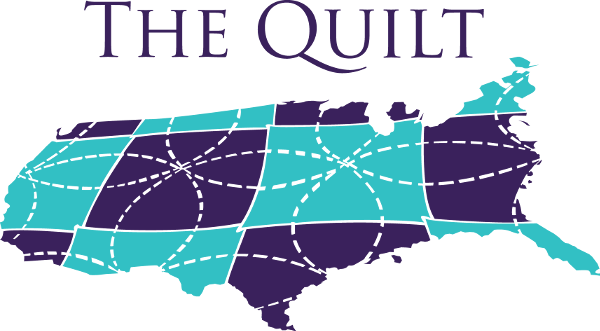What’s News
Blog
Fall Member Meeting Recap: Collocation, Collaboration, Higher Ed Video Highlights and Happy 35th OARnet!
Another Quilt Fall Member Meeting is in the books, and we had a great time in Ohio! Building on the success of several years of collocating events, this year’s Fall Member Meeting also coincided with the NSF Campus Cyberinfrastructure PI Workshop and KNIT 7, the third...
2023 Fall Member Meeting heads to Columbus
Our 2023 Fall Member Meeting is this week, and we have a great program lined up for Quilt members, affiliates and guests at The Hyatt Regency in downtown Columbus, Ohio, on Sept. 25-27. We are looking forward to this gathering of our national Quilt community and...
The Quilt again shines collaborative light on future of R&E Networking
The Quilt, a consortium of regional Research and Education (R&E) Networks throughout the United States, hosted its annual Fall Member Meeting virtually on Sept. 29 and Sept. 30. More than 100 registered attendees and stakeholders gathered online for two days to...
The Quilt returns to La Jolla in February
We kick off our 20th anniversary this year by heading back to California for our annual 2020 Winter Member Meeting on Feb. 5-7 in La Jolla. The Quilt begins this year’s 20th anniversary in February by heading back to one of our favorite places for our annual Winter...
Register now for 2020 Presidential Primary Sources Project
Registration is now open the 2020 Presidential Primary Sources Project (PPSP) program series. PPSP is an interactive, distance-learning program in collaboration with numerous National Park Sites and Presidential Libraries around the country. These sites present a...
2019 Fall Member Meeting heads to Minnesota
Our 2019 Fall Member Meeting is next week, and we have a great program lined up for Quilt members, affiliates and guests at The Downtown Renaissance Hotel – The Depot on Sept. 24-26 in Minneapolis. At the invitation of our Quilt member, Northern Lights GigaPoP, The...
R&E Networks empower communities in a time of unprecedented demands
A panel of national and international R&E network leaders came together recently for “R&E Networks at a Crossroads” during CENIC’s 2019 Conference. The Square Kilometer Array radio telescope — the largest scientific facility on Earth — will generate more data...
Broadband on the Boardwalk
The Quilt will be returning to La Jolla, California on Feb. 4-7 for its 2019 Winter Member Meeting. Some of the greatest networking minds in the country will converge in California this February as The Quilt returns to La Jolla for its annual Winter Member Meeting. We...
SC18 brings supercomputing’s best and brightest to Dallas
Every November, thousands of researchers and industry representatives in high-performance computing and related fields, such as advanced networking, data storage, and data analysis, meet for the annual Supercomputing Conference (SC18) in Dallas, Texas, to learn about...
The Quilt offers ideas for new federal e-Connectivity pilot
The Quilt is pleased to offer recommendations for a new USDA program created to expand rural broadband in underserved rural and tribal areas throughout the United States. A new rural broadband program funded within the Consolidated Appropriations Act of 2018 now...
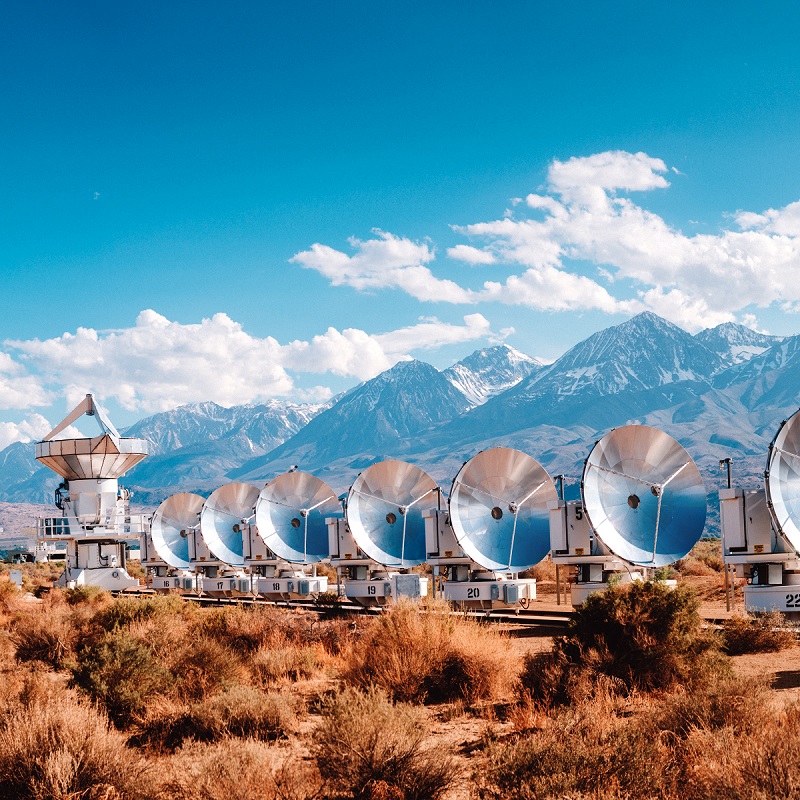
The Quilt in the Field
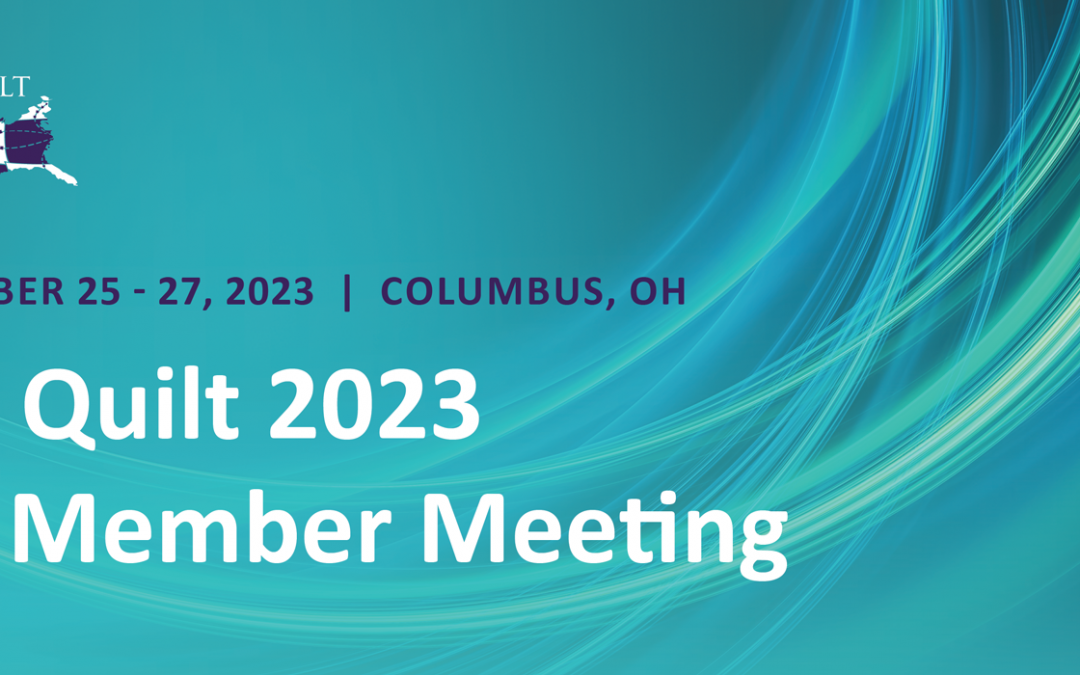
Fall Member Meeting Recap: Collocation, Collaboration, Higher Ed Video Highlights and Happy 35th OARnet!
Oct 6, 2023
Another Quilt Fall Member Meeting is in the books, and we had a great time in Ohio! Building on the success of several years of collocating events, this year’s Fall Member Meeting also coincided with the NSF Campus Cyberinfrastructure PI Workshop and KNIT 7, the third...

2023 Fall Member Meeting heads to Columbus
Sep 24, 2023
Our 2023 Fall Member Meeting is this week, and we have a great program lined up for Quilt members, affiliates and guests at The Hyatt Regency in downtown Columbus, Ohio, on Sept. 25-27. We are looking forward to this gathering of our national Quilt community and...
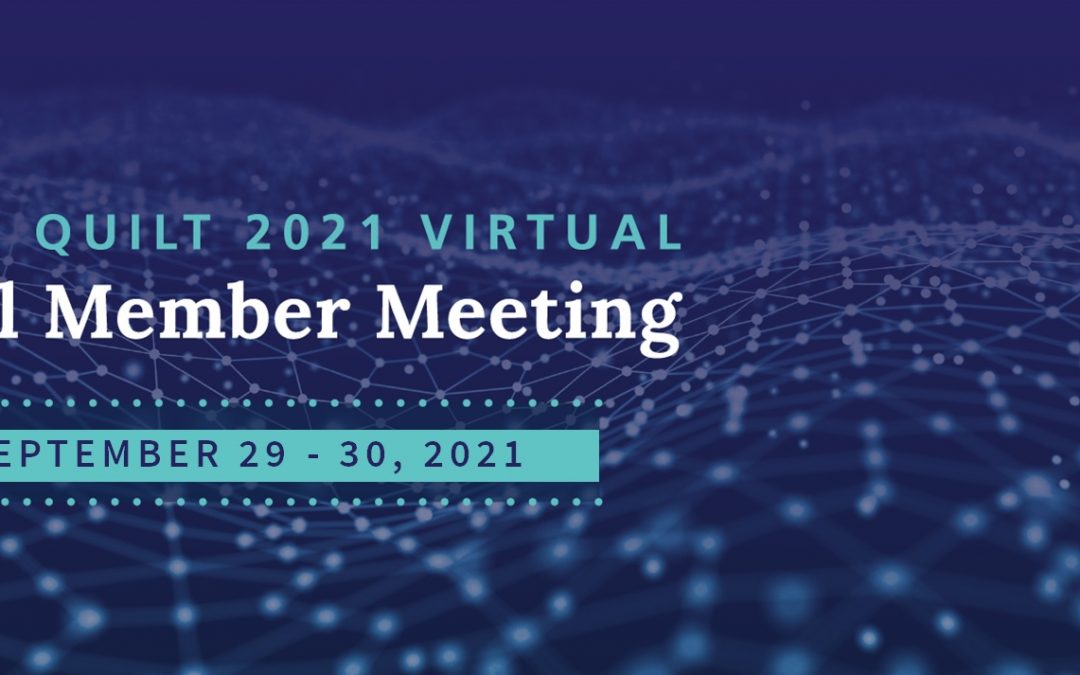
The Quilt again shines collaborative light on future of R&E Networking
Oct 22, 2021
The Quilt, a consortium of regional Research and Education (R&E) Networks throughout the United States, hosted its annual Fall Member Meeting virtually on Sept. 29 and Sept. 30. More than 100 registered attendees and stakeholders gathered online for two days to...
The Quilt returns to La Jolla in February
Jan 23, 2020
We kick off our 20th anniversary this year by heading back to California for our annual 2020 Winter Member Meeting on Feb. 5-7 in La Jolla. The Quilt begins this year’s 20th anniversary in February by heading back to one of our favorite places for our annual Winter...
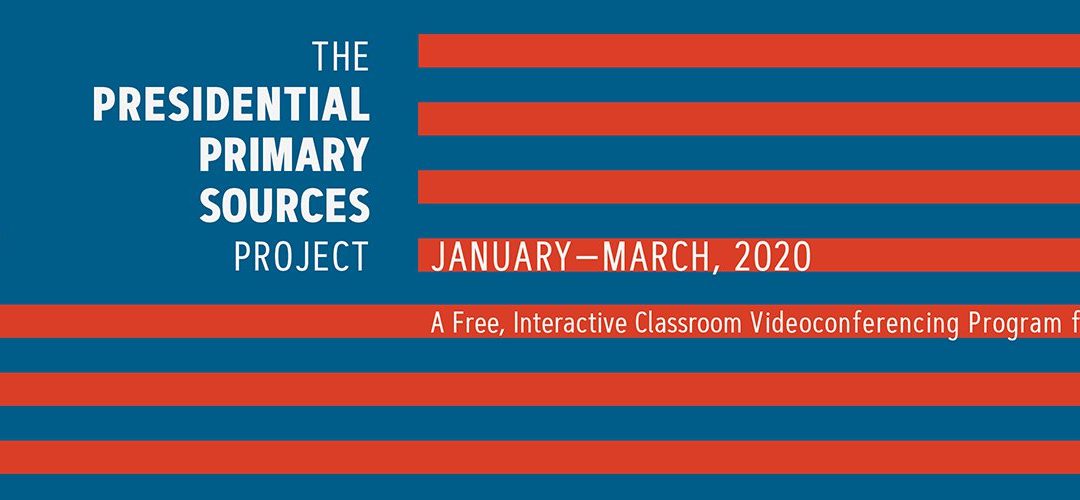
Register now for 2020 Presidential Primary Sources Project
Oct 28, 2019
Registration is now open the 2020 Presidential Primary Sources Project (PPSP) program series. PPSP is an interactive, distance-learning program in collaboration with numerous National Park Sites and Presidential Libraries around the country. These sites present a...
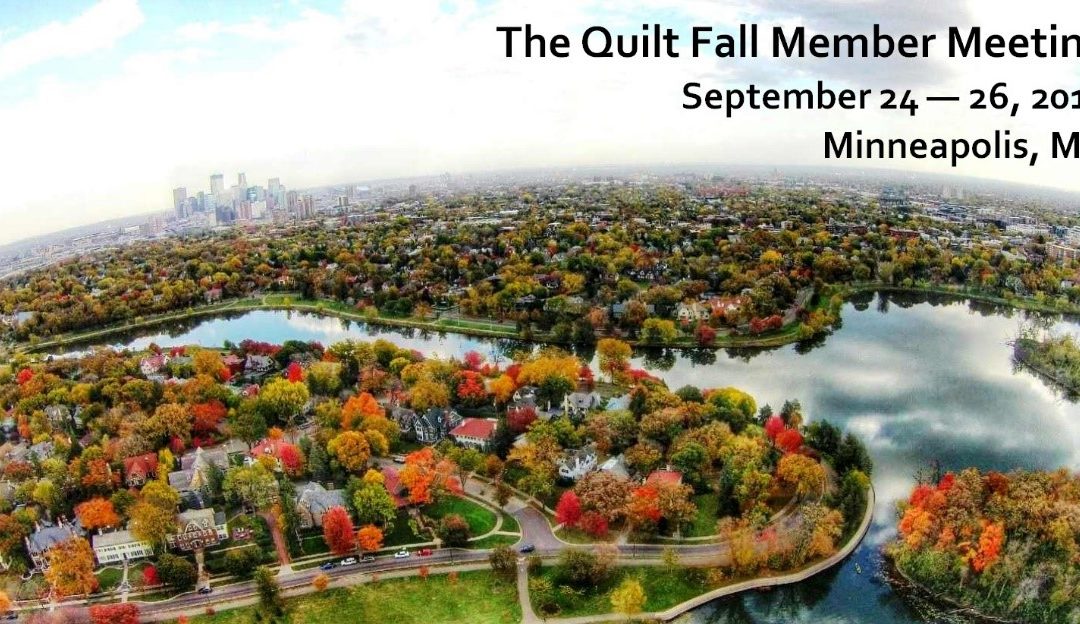
2019 Fall Member Meeting heads to Minnesota
Sep 19, 2019
Our 2019 Fall Member Meeting is next week, and we have a great program lined up for Quilt members, affiliates and guests at The Downtown Renaissance Hotel – The Depot on Sept. 24-26 in Minneapolis. At the invitation of our Quilt member, Northern Lights GigaPoP, The...
R&E Networks empower communities in a time of unprecedented demands
Apr 19, 2019
A panel of national and international R&E network leaders came together recently for “R&E Networks at a Crossroads” during CENIC’s 2019 Conference. The Square Kilometer Array radio telescope — the largest scientific facility on Earth — will generate more data...
Broadband on the Boardwalk
Jan 25, 2019
The Quilt will be returning to La Jolla, California on Feb. 4-7 for its 2019 Winter Member Meeting. Some of the greatest networking minds in the country will converge in California this February as The Quilt returns to La Jolla for its annual Winter Member Meeting. We...
SC18 brings supercomputing’s best and brightest to Dallas
Oct 18, 2018
Every November, thousands of researchers and industry representatives in high-performance computing and related fields, such as advanced networking, data storage, and data analysis, meet for the annual Supercomputing Conference (SC18) in Dallas, Texas, to learn about...
The Quilt offers ideas for new federal e-Connectivity pilot
Sep 18, 2018
The Quilt is pleased to offer recommendations for a new USDA program created to expand rural broadband in underserved rural and tribal areas throughout the United States. A new rural broadband program funded within the Consolidated Appropriations Act of 2018 now...
